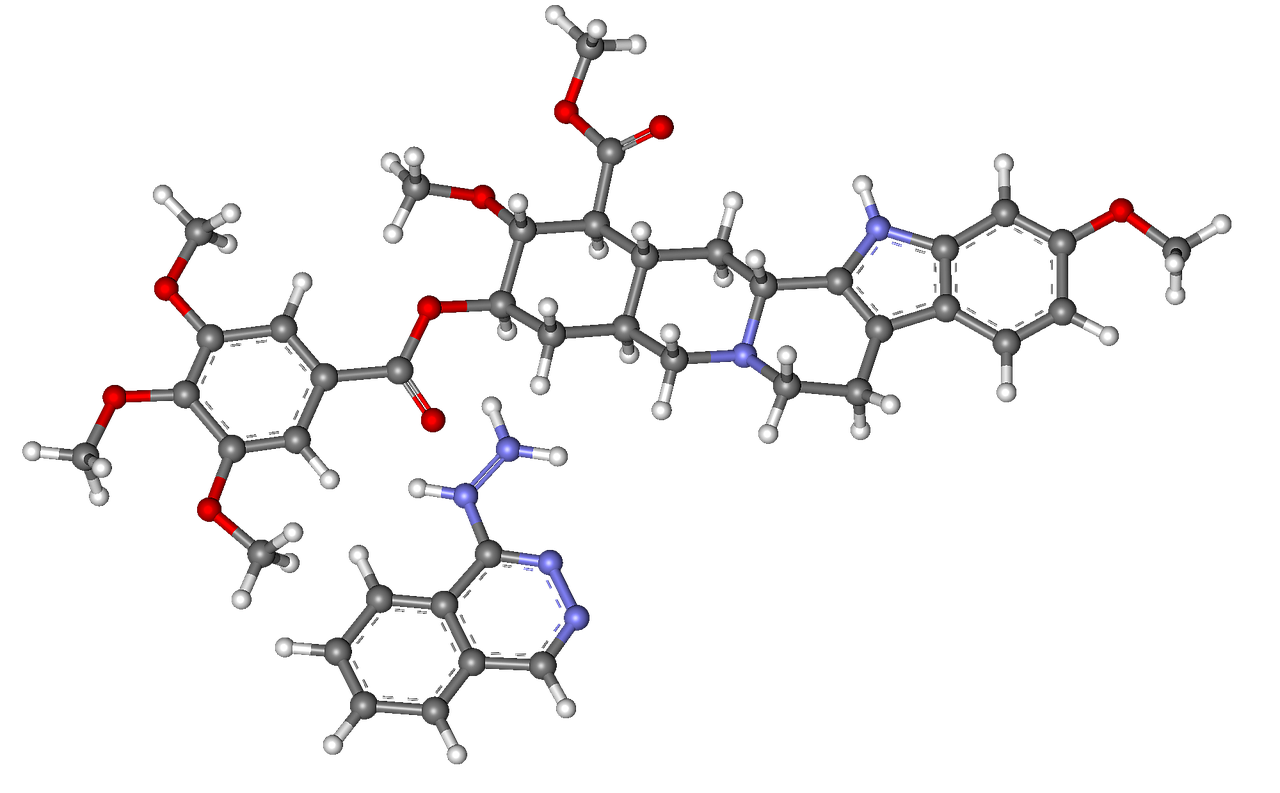Ligand Binding Assays (LBAs) play a pivotal role in the biotech and pharmaceutical industries, serving as the backbone for drug development and other biotechnological applications. At the heart of these assays are critical reagents – the unsung heroes that determine the performance, specificity, and reliability of LBAs. This blog post is tailored for biotech researchers, laboratory technicians, and pharmacists who grapple with the intricacies of these essential components daily. We will explore the importance, challenges, and strategies associated with critical reagents in LBAs, alongside the regulatory landscape and a glimpse into future trends.
The Importance of Critical Reagents in Ligand Binding Assays
Critical reagents, essential in ligand binding assays, are pivotal biological or chemical entities intricately involved in the detection, measurement, or analysis processes. The quality and stability of these reagents are fundamental, ensuring the reliability, precision, and reproducibility of assay outcomes. As these components hold substantial influence over the results and comprehension of LBAs, comprehending their significance is crucial for every biotech professional looking to uphold high standards in their work.
Defining Critical Reagents
Critical reagents, such as antibodies, antigens, enzyme conjugates, and labelled ligands, are indispensable in various assays. These components, though not exhaustive, play a vital role in assay specificity. Thorough characterization is crucial to guarantee that they align with performance standards. The intricate variety and specificity of these reagents emphasize the importance of meticulous selection and validation processes in the immunoassay development services. This attention to detail ensures the accuracy and reliability of analytical results.
Challenges in Sourcing and Using Critical Reagents
Securing high-quality critical reagents can be a complex task due to various challenges. Researchers often encounter issues with the variability in reagent performance, the scarcity of specific components, and the necessity for rigorous validation processes. Moreover, the storage and handling of these vital reagents demand precise conditions to uphold their effectiveness, leading to intricate logistics and heightened expenses in research operations.
Strategies for Selecting and Characterizing Critical Reagents
The selection and characterization of critical reagents are crucial steps that can dictate the success of LBAs. Here are strategic considerations to guide this process:
- Robust Vendor Evaluation: Partnering with reputable suppliers who offer well-characterized, consistent reagents is vital.
- Comprehensive Characterization: Assessing the purity, specificity, and stability of reagents through rigorous testing ensures their suitability for the intended application.
- Batch-to-Batch Consistency: Implementing quality control measures to monitor and maintain consistency across different batches of reagents is essential for reliable LBA performance.
Regulatory Considerations in Critical Reagent Use
The use of critical reagents in LBAs is subject to regulatory scrutiny, particularly in the context of drug development. Regulatory authorities such as the FDA and EMA have guidelines that mandate the proper characterization, validation, and documentation of critical reagents. Adherence to these guidelines is crucial for the acceptance of LBA results in regulatory submissions.
Future Trends and Innovations in Critical Reagents for LBAs
The rapid pace of technological advancement is ushering in exciting developments in the field of critical reagents. Innovations such as recombinant technology for antibody production, novel conjugation techniques, and synthetic biology approaches are enhancing reagent stability, specificity, and availability. Furthermore, the integration of digital tools and artificial intelligence in reagent characterization and quality control processes promises to streamline workflows and improve assay reliability.
In Conclusion
Critical reagents are the linchpins of ligand binding assays, influencing every facet from assay development to regulatory compliance. Understanding their roles, alongside the challenges and strategies involved in their selection and use, is essential for any professional involved in LBA-centric research and development work. With ongoing advancements and innovations in reagent technology, the future looks promising for the enhancement of assay performance and reliability. By staying informed and adhering to best practices, researchers and technicians can maximize the potential of critical reagents in their assays, paving the way for ground breaking discoveries and developments in the biotech sector.
